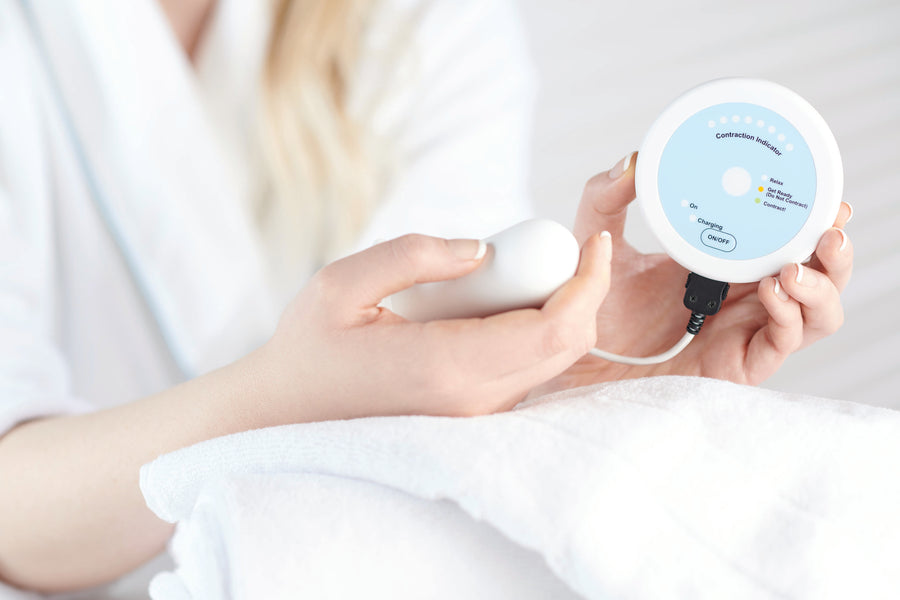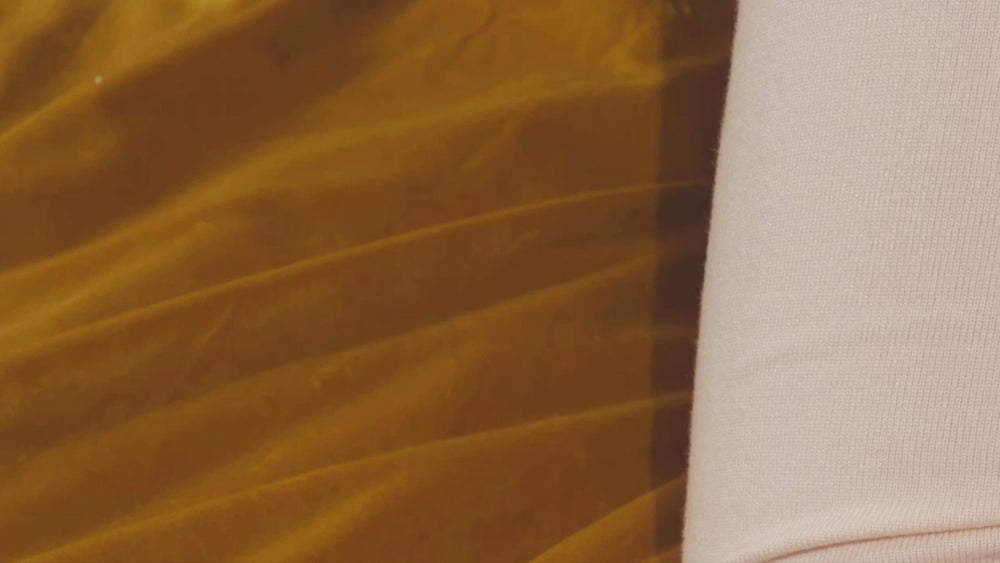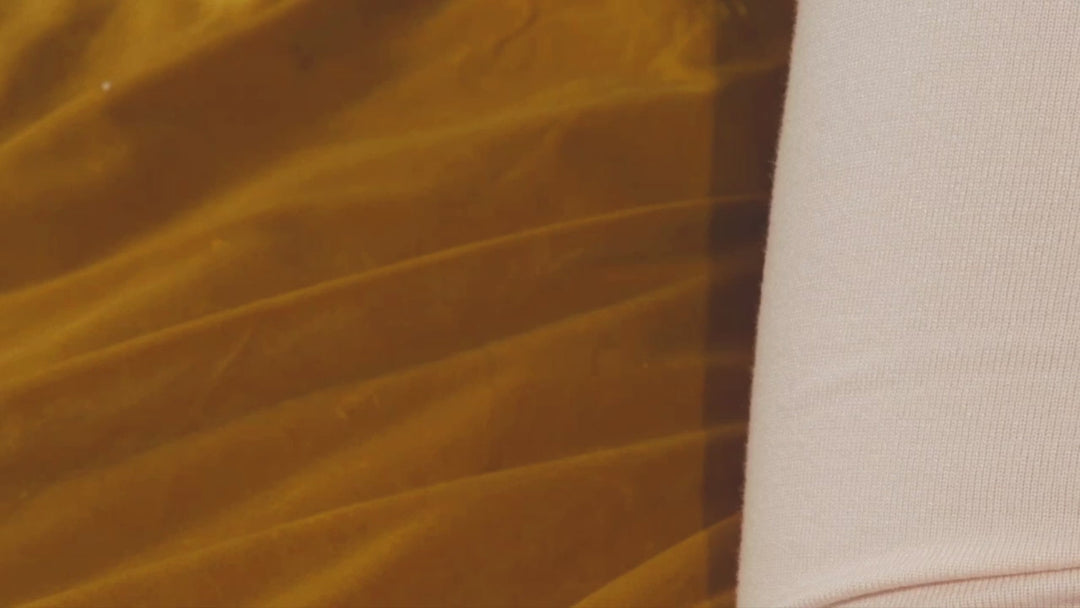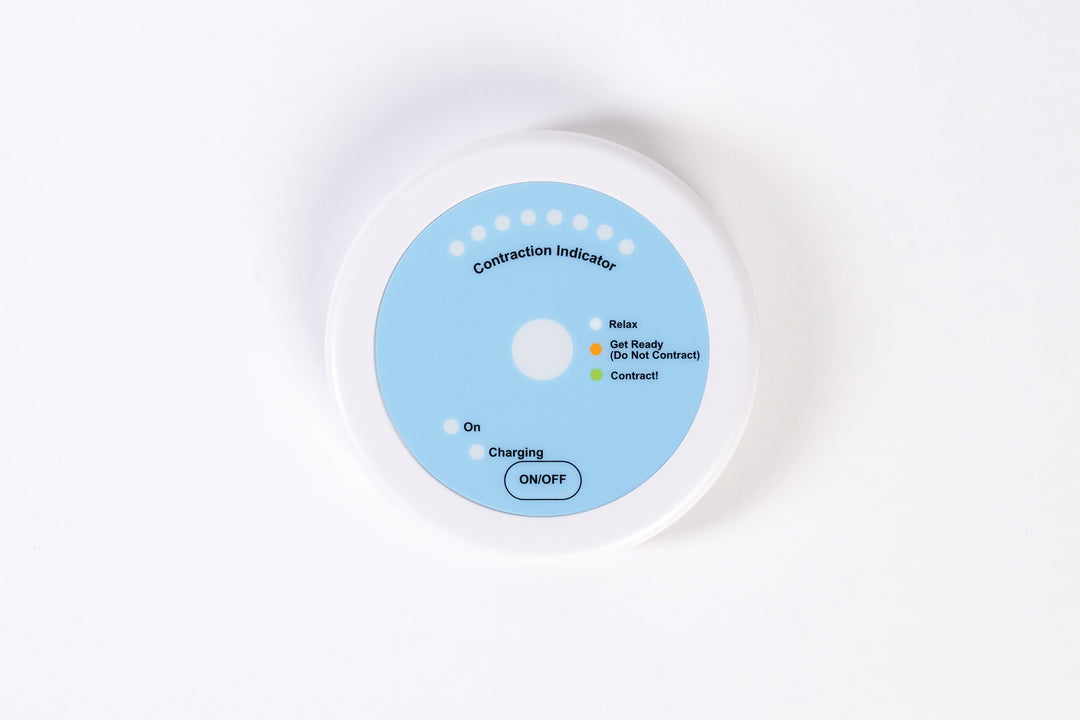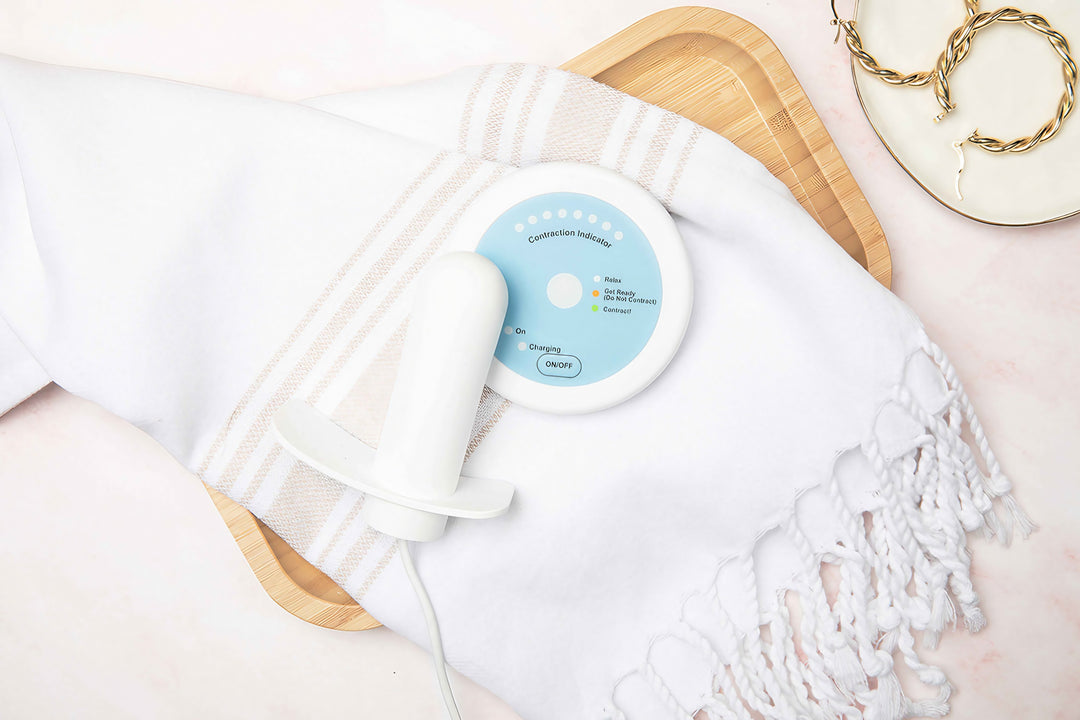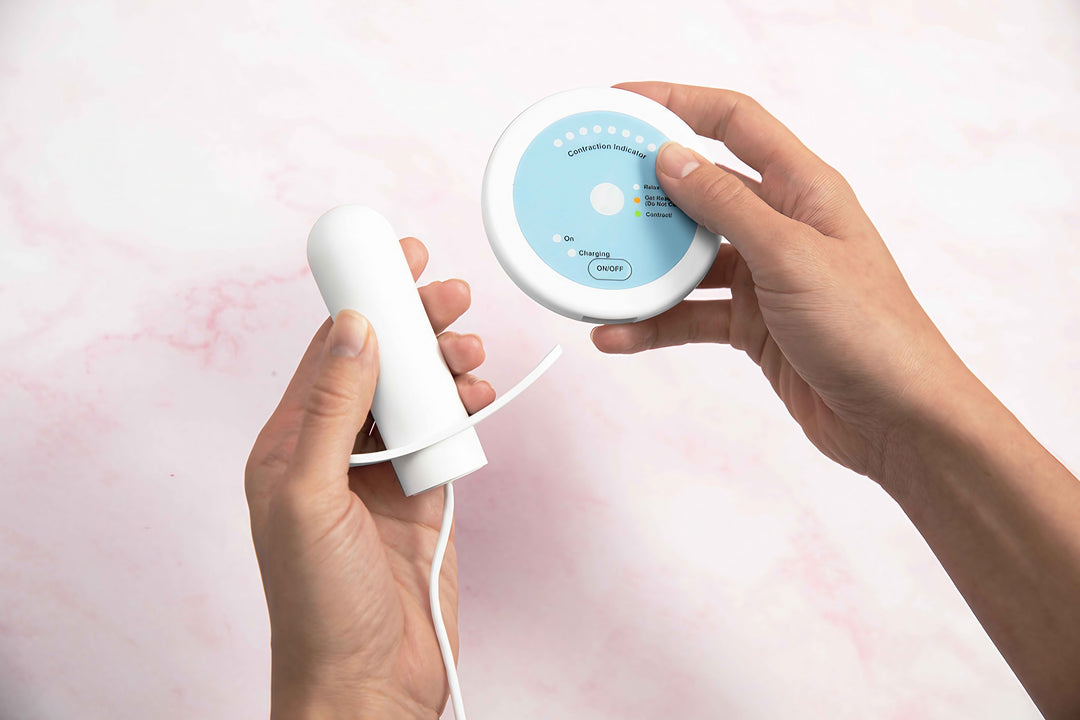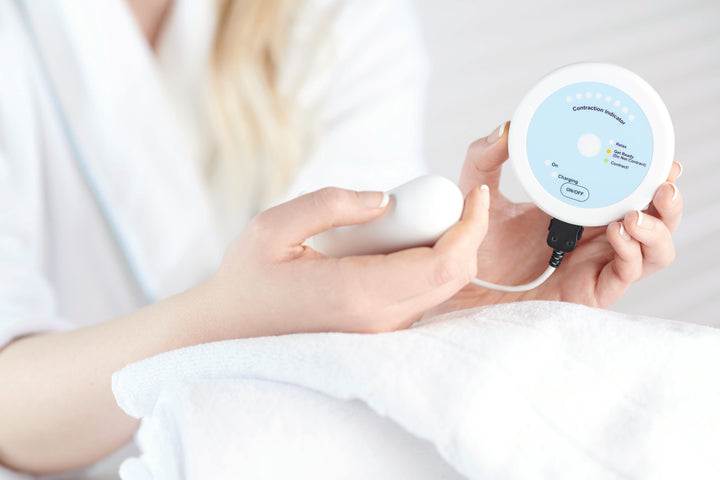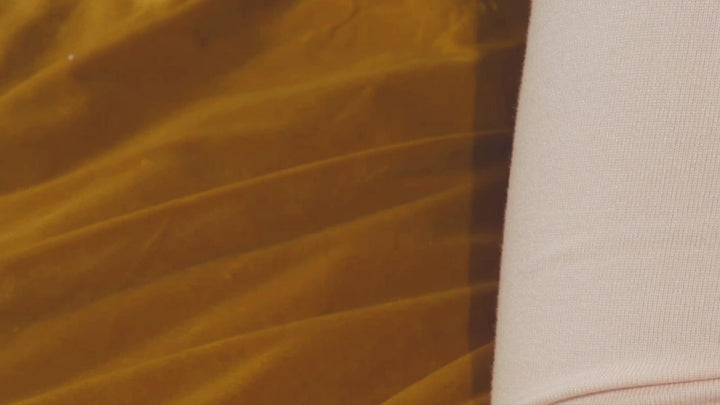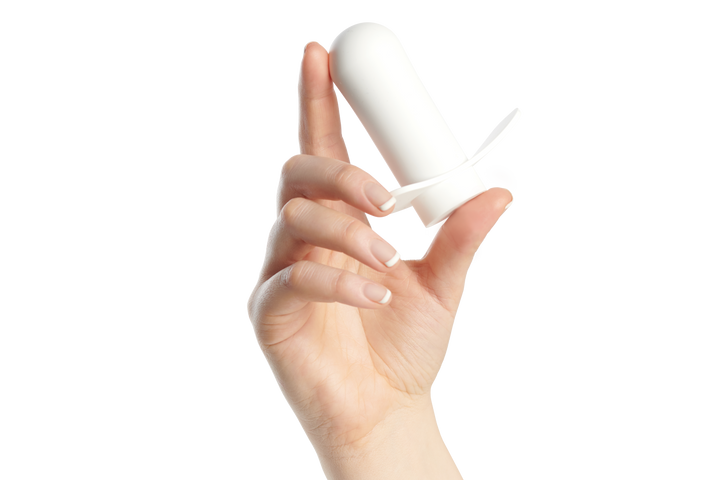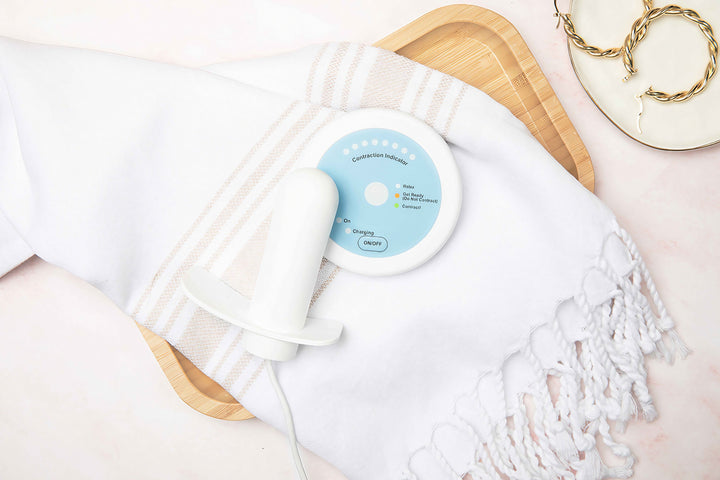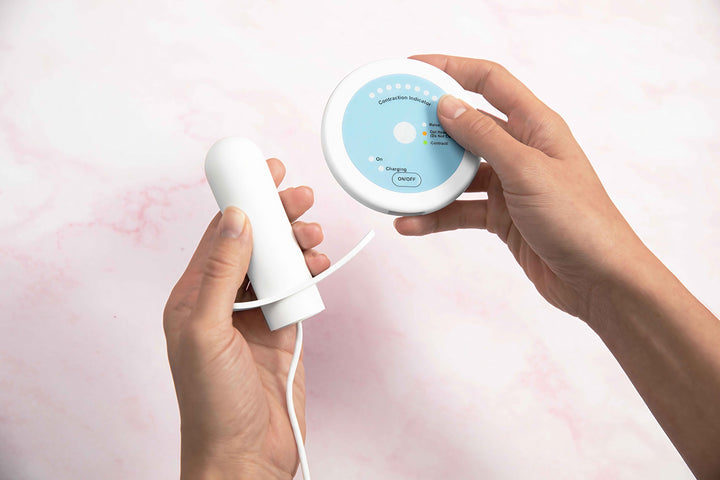4 tips to reduce bladder leaks in the winter
“Winter is coming…” and for some of you, depending on where you live, winter may already have come! Dealing with bladder leaks is never easy and can be frustrating at times. Taking care of your pelvic floor and bladder habits is important any time of year, so be sure to talk to a qualified healthcare provider to begin working towards being leak-free.
If you are dealing with bladder leaks due to weakness of your pelvic floor muscles, consider Flyte — our clinically proven, simple bladder leak treatment for stress urinary incontinence (SUI). Flyte is designed to improve pelvic floor strength and reduce bladder leaks when used at home in just 5 minutes per day.
Be aware that winter can present some specific challenges. So, we’re here to give you some tips as you prepare for colder weather ahead.
- Keep warm: Well, this seems like an obvious piece of advice for cold weather! But we’re specifically talking about your muscles. Have you ever spent some time outside when it’s cold without gloves on and then realize your fingers feel stiff and hard to move? Cold weather impacts our circulation making it more difficult to use our muscles as much and as quickly as we need to for certain activities. This could mean greater risk of leaking urine with a sneeze, for example! So be sure to keep yourself warm, wearing layers and keeping your body moving.
- Wash your hands: Again, probably another obvious one. But why would this be a pelvic floor tip in the winter? Wintertime is often cold and flu season, leading to a lot of coughing and sneezing. Multiple sneezes or coughs in a row can place a lot of pressure into your trunk and down into your pelvic floor, leading to your pelvic floor muscles getting exhausted from supporting the force of a sneeze so many times. The best advice is always preventative – wash your hands frequently (sing “happy birthday” twice while washing for the right amount of time needed!) to reduce the risk of germs spreading in and out of your household.
- Practice “the knack”: The knack is a technique where the pelvic floor muscles are squeezed gently right before the force of a cough or a sneeze. Right when you feel a sneeze or cough coming, do a gentle Kegel and hold these muscles during your sneeze or cough. Afterwards, take a deep breath and focus on relaxing your pelvic floor muscles. Can you practice this? Absolutely! Try sitting in good posture on a chair, squeeze and lift your pelvic floor muscles, hold while you do a gentle cough into your elbow, and then breathe and relax your muscles. This is one way to re-train your muscles to squeeze when you cough or sneeze to help prevent bladder leaks.
- Drink more hot chocolate: Yes, we hereby give you full permission to enjoy more hot chocolate this winter! Many of us like to find a warm beverage during the winter to feel cozy on the inside. Although it may be tempting to reach for caffeine – whether coffee or a hot mug of tea – during the winter, especially with the days being shorter, try watching how much caffeine you are drinking as this can be a bladder irritant and lead to more bladder urgency and leaking. Instead, reach for a steaming mug of hot chocolate!











